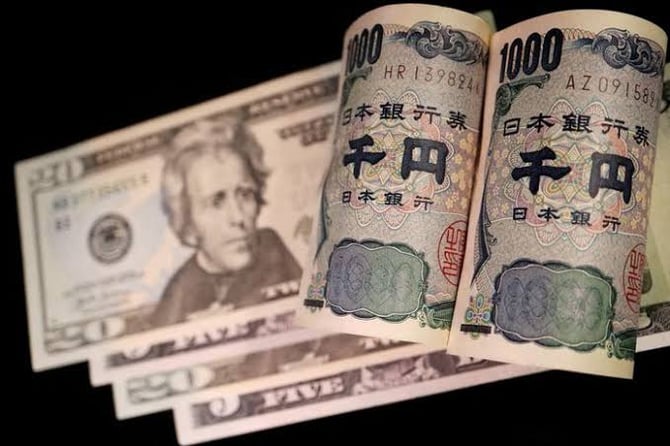Yen at Weakest Level Since 1990 as Dollar Strengthens

The value of the Japanese yen has reached a historic low, as it traded at 160 against the U.S. dollar. This is the first time the yen has dropped to this level since April 1990, when it briefly touched 160.15. Although the yen was trading around 156.5 by midday, this is still considered a significant weakening from the 150 levels seen since the Bank of Japan (BoJ) stopped its negative interest rate policy in March.
Japanese authorities have expressed concern over the yen's rapid depreciation but have stopped short of intervening despite previous expectations of action should the currency surpass the 155 mark.
The weakening of the yen appears to be linked to the strong performance of the US dollar. This trend has been further amplified by the US Federal Reserve's announcement of a delay in implementing rate cuts following a report showing higher-than-anticipated inflation rates. This situation has complicated the Fed's strategy to manage persistent inflation, suggesting that interest rates may continue to remain high.
What Does This Mean for Me?
The BoJ maintained interest rates and slightly raised inflation forecasts for 2024. Speculation remains about the possibility of yen intervention. Governor Kazuo Ueda stated they would only intervene if exchange rate volatility significantly affects the economy, prioritizing economic impact over exchange rate targets.
Speculation among traders suggests that any potential intervention could provide short-term opportunities, as intervention might not sustainably support the yen unless coupled with broader economic changes.
More News
.webp)
US Dollar Faces Biggest 6-Month Drop in Half a Century
5 months ago
.webp)
Dollar Slips to Three-Year Low as Trump Eyes Early Fed Appointment
6 months ago
.webp)
AI-Powered Trading Bots Bring a New Kind of Threat
7 months ago
.WEBP)
Euro Value Surges as Markets React to Tariff Shock
8 months ago

Euro’s Slide: What’s Behind the Drop and What’s Next?
11 months ago

Sterling Gains Against Euro as Central Banks Move Apart
1 year ago

Euro Remains Steady Amid Tariff Threats
1 year ago

Euro Stays Under Pressure Amid Economic and Political Shifts
1 year ago